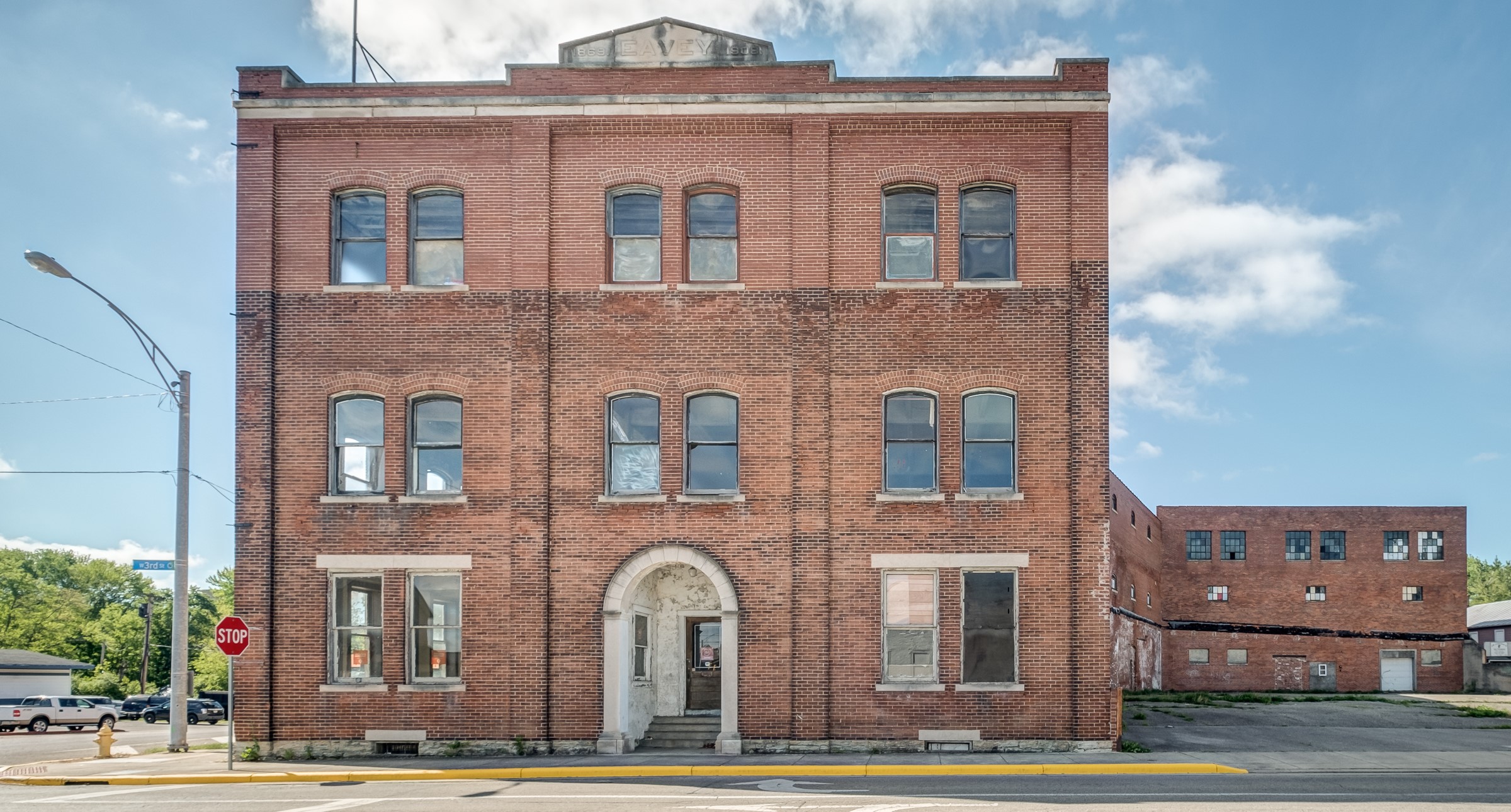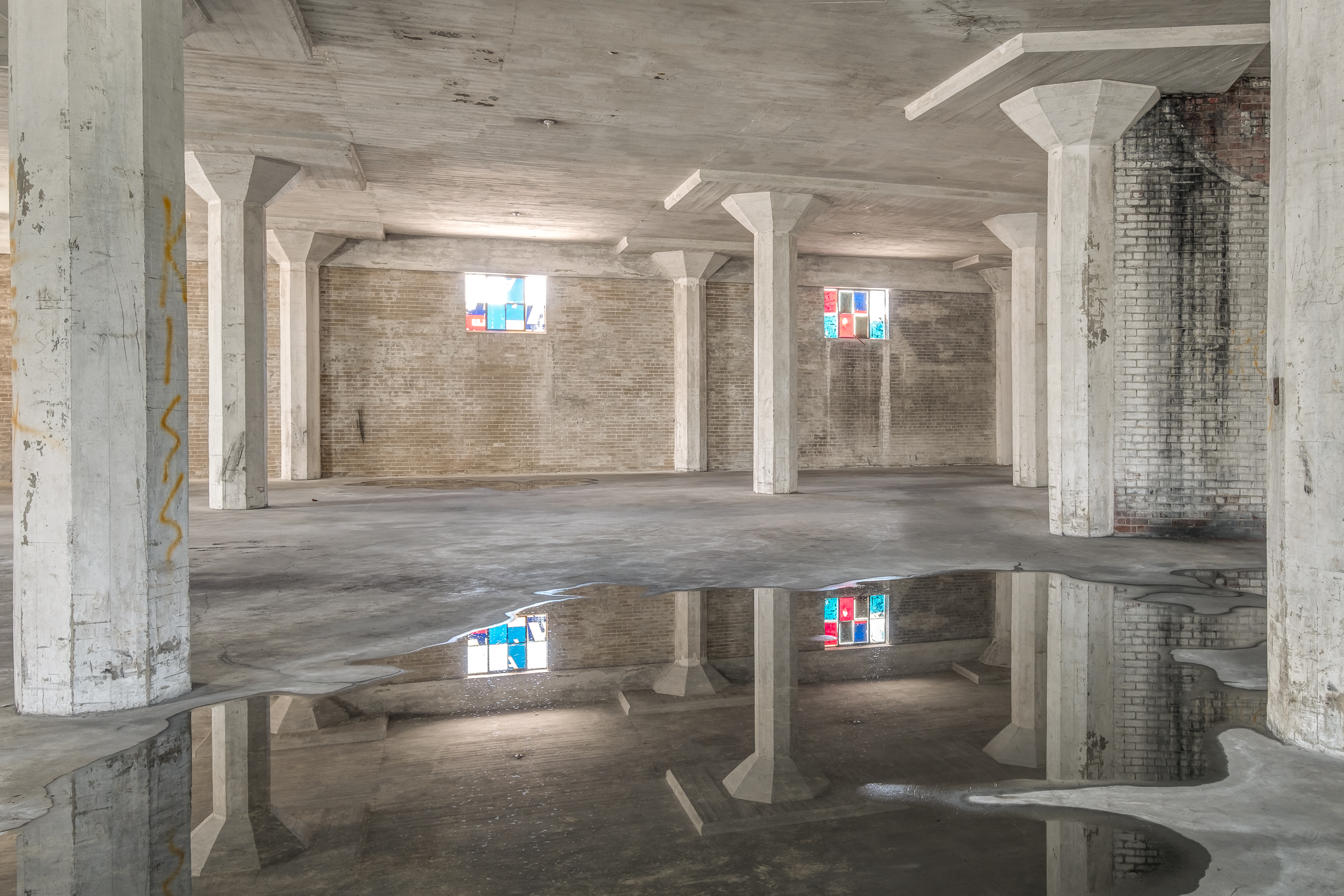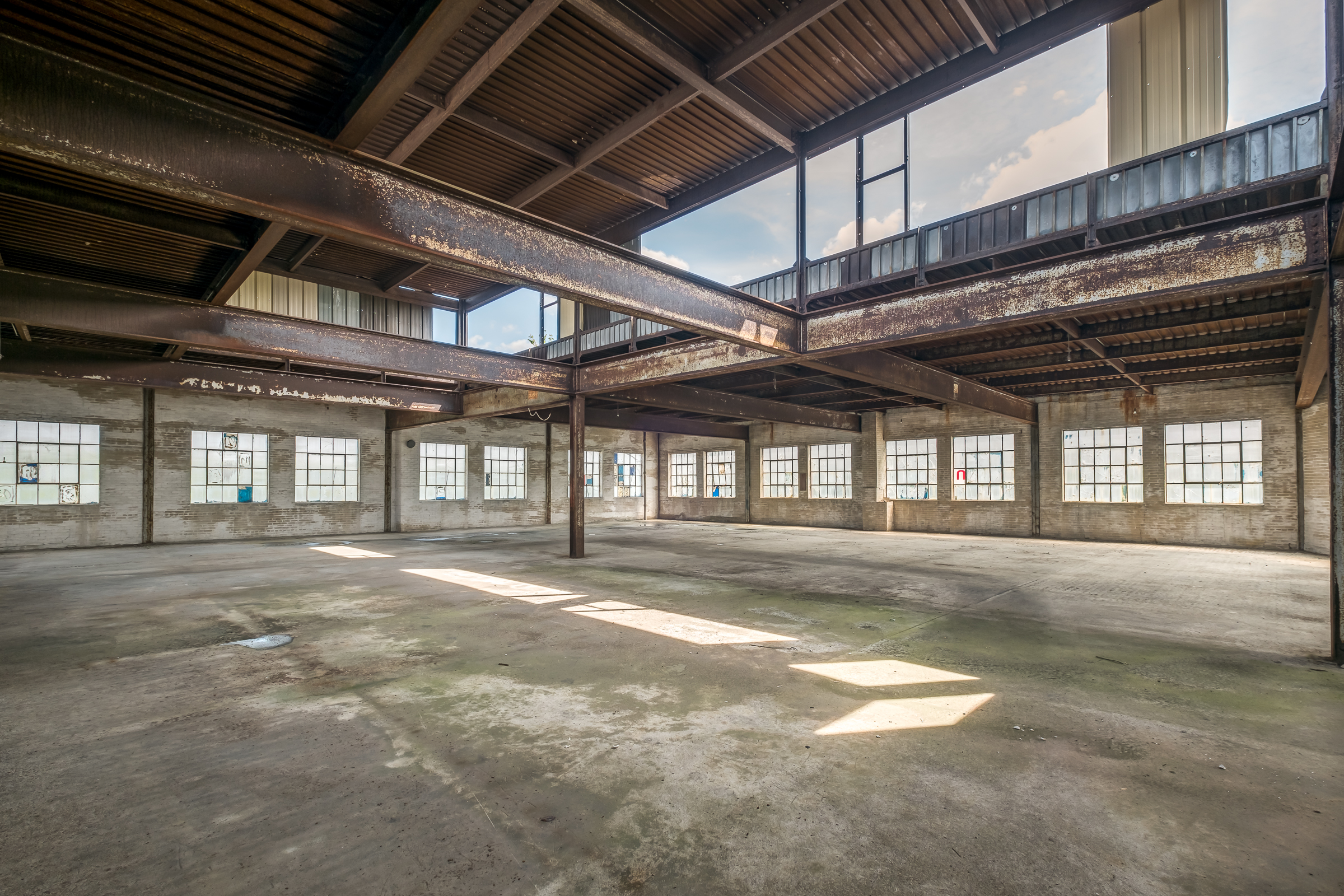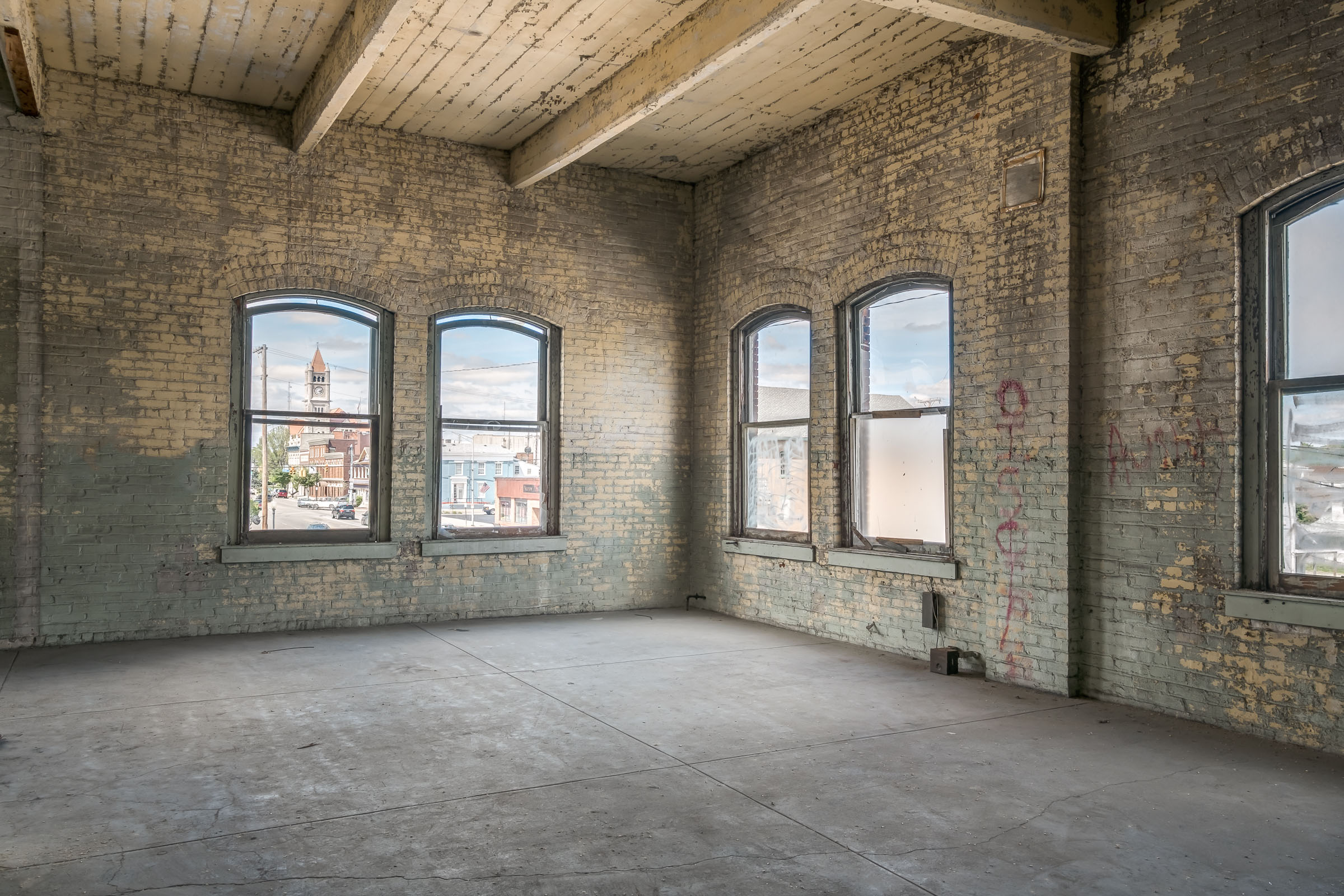Restoring Cornerstones

At Triad, we pride ourselves on being caretakers of history and culture. We’re invested in the communities where we live and work and want to help them create and care for the spaces they want to live in a leave for future generations.
In that vein, I am so proud to be a designer at Triad, where I can influence adaptive re-use of buildings at the heart of communities around the region. Every opportunity to create a better-built space that preserves a building’s history and accentuates its individuality is a gift.
Frequent travel with my family from an early age was an important part of my education. Those experiences helped shape not only who I am but also my love of architecture. Seeing awe-inspiring architecture adapted to modern environments around the world opened my imagination to the work I’m doing today.
As an architect, I embrace the history of the building and its community to influence my work. I work to understand and preserve the character of buildings that are many years’ worse for the wear and dragging on the community.
I find walks through abandoned buildings energizing. They stir excitement for a project and for the community’s future. The images in this article were provided by the Owner of the Eavey Exchange in Xenia who like me, saw the potential.
At the beginning of each adaptive-reuse project, clients ask, “What does it take to help an old building live its best, new life?” You may be wondering, too; and, I’d love to help you understand.

Research
Envisioning new actually requires an intense amount of historical research. I review original blueprints and drawings and work to understand how original intent, function, and character have affected the current condition of a building. I generally start by creating a timeline of the building that includes changes of ownership as well as additions and modifications to the building. Throughout the process, I work with clients to understand their relationship to the building – whether it began with something as simple as a walk down the street that piqued their interest or their investment as an active member in a community restoration organization.
Understanding feeling
I’m a firm believer that all the lovely, old buildings I work with have had experiences throughout their lifetimes. They may have been experiences of joy or neglect, but these spaces have all been lived in and loved; and, my restoration work needs to reflect all those feelings. Each time I design, I work to resurrect those feelings and showcase the most powerful of them. Letting the buildings speak for themselves is the best reward after years of silence and stretches of difficult research.

Community Collaboration
Oftentimes, Triad clients will facilitate interaction with the community-at-large to inform design. Community members often can provide input via historical photos of a streetscape or through a present-state brainstorm session. These collaborations help us understand where a community has been and where it hopes to go. If we know who will eventually inhabit the building, we use our tenant improvement lens to answer the question, “How will this building live it’s best, new life?”

In the end, I think I most love adaptive re-use projects because they so often restore a cornerstone of a community. They breathe new life into old gems. They revive hustle and bustle. They resurrect what is beloved, stimulate growth, and uplift communities in a long-term way.
You can read about a few of our adaptive re-use projects, such as Yankee on High and 17 North Sandusky on the Triad website. If you’d like to learn more about our work or chat about restoration projects, let’s connect!

